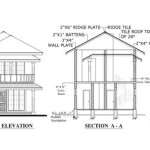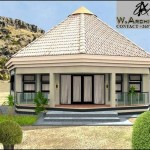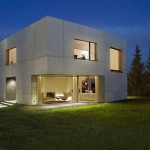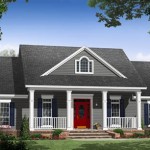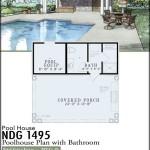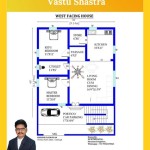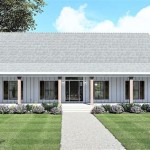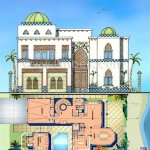Pier Built Home Plans: Unlocking the Waterfront Lifestyle
Pier built homes offer a unique and enticing living experience, combining breathtaking waterfront views with the convenience of direct access to the water. These homes are built on sturdy piers, elevating them above the waterline and providing a foundation that withstands the tides and occasional storms. If you dream of owning a home on the water, pier built home plans are a fantastic option to consider. ### Captivating Waterfront Views The defining feature of pier built homes is their unparalleled waterfront views. The elevated position of these homes allows for panoramic vistas of the water, the surrounding landscapes, and the bustling activity of the shoreline. Whether you enjoy watching sailboats glide past, dolphins frolic in the waves, or the sun setting over the horizon, pier built homes offer a front-row seat to the beauty of the aquatic world. ### Direct Water Access Beyond the breathtaking views, pier built homes provide direct access to the water. With a private dock or pier right outside your doorstep, you can embark on boating adventures, go fishing, swim in the pristine waters, or simply relax on your waterfront patio. The convenience of having a dock right at your disposal allows you to fully embrace the waterfront lifestyle. ### Maximizing Natural Light The elevated design of pier built homes allows for an abundance of natural light to flood the interiors. Large windows and glass doors open up the spaces, creating a bright and airy atmosphere. The natural light not only enhances the living experience but also reduces energy consumption by minimizing the need for artificial lighting. ### Adaptability to Coastal Conditions Pier built homes are specifically designed to withstand the unique challenges of coastal environments. The elevated structure protects the home from flooding, high winds, and storm surges. Additionally, the use of durable materials and protective coatings ensures that the homes remain resilient against the elements. ### Considerations for Pier Built Home Plans While pier built homes offer numerous advantages, there are a few considerations to keep in mind: -Cost:
Building a pier built home can be more expensive than traditional homes due to the specialized structural requirements and the need for a dock or pier. -Maintenance:
Pier built homes require regular maintenance of the piers and exterior surfaces to ensure their structural integrity and durability. -Location:
The availability of suitable waterfront lots and zoning regulations can limit the options for pier built homes. ### Designing Your Dream Pier Built Home When designing pier built home plans, it's essential to consult with an experienced architect who specializes in waterfront construction. They will guide you through the process, ensuring that your home meets all structural requirements, fits the unique characteristics of your chosen waterfront lot, and maximizes the potential of the water views.
Piling Pier Stilt Houses Hurricane Coastal Home Plans

Casual Informal And Relaxed Define Coastal House Plans

Pier Foundations House Plans And More

Pier House Plans Houses On Stilts And More

Piling Pier Stilt Houses Hurricane Coastal Home Plans

Beach House Plan On Post And Pier Foundation 62795dj Architectural Designs Plans

Pier House Plans Houses On Stilts And More

3 Story Coastal Style House Plan Tiger Beach Floor Plans

Piling Pier Stilt Houses Hurricane Coastal Home Plans

Elevated Piling And Stilt House Plans Coastal From Home

